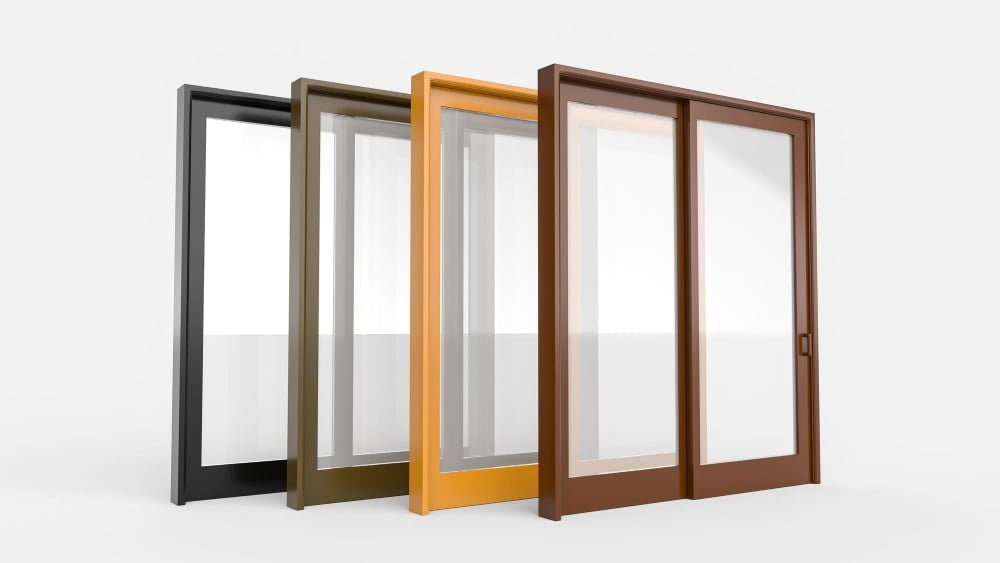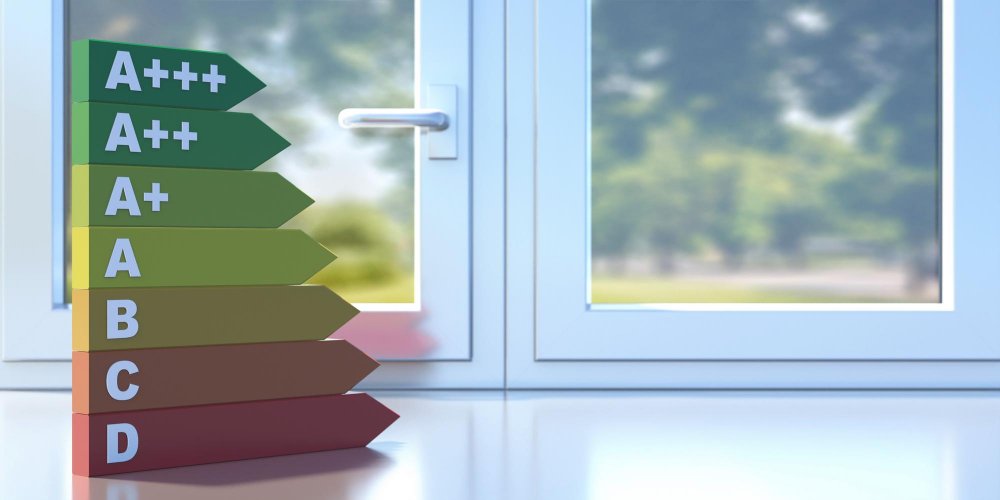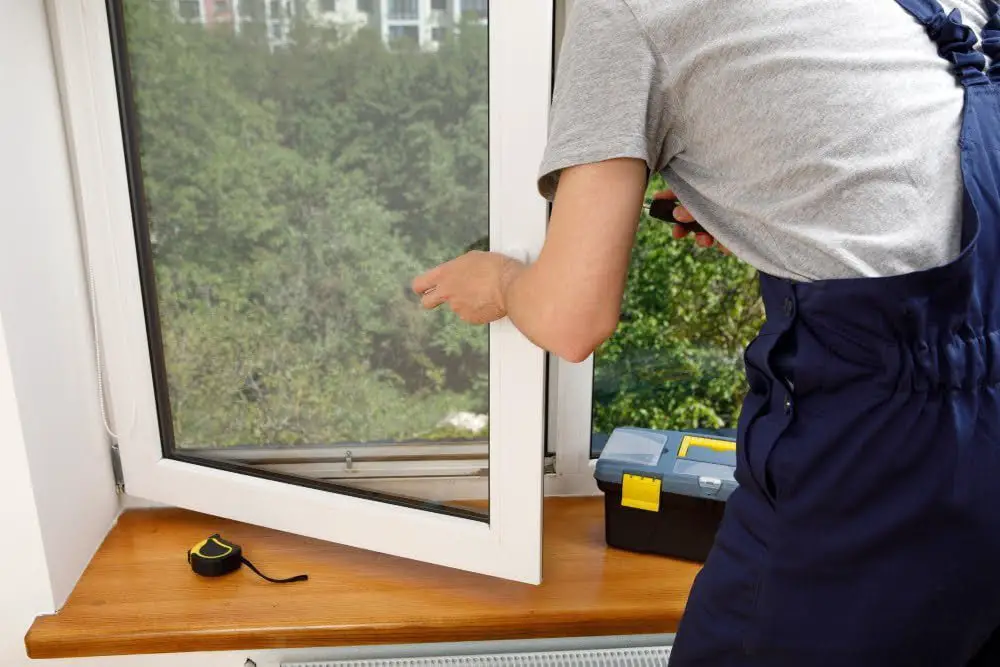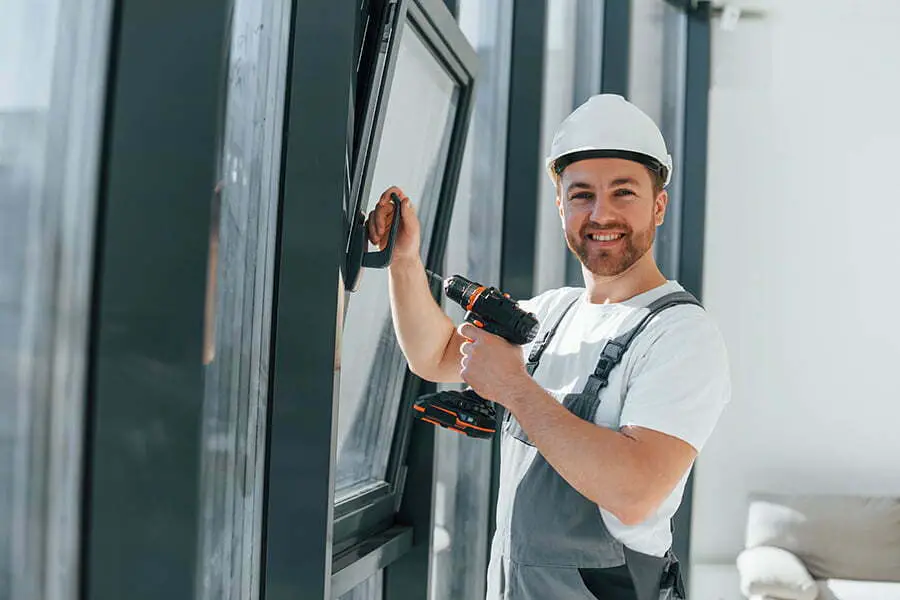Learn how to select energy-efficient window frames by exploring different materials in the market.
As a homeowner, there’s nothing quite like the feeling of opening up your windows on a beautiful day and letting the fresh air flow through your home. But have you ever stopped to think about the impact that those windows are having on your energy bill? The truth is, old or inefficient window frames can be costing you hundreds of dollars each year in wasted energy.
That’s why choosing the right window frame material is so important. But with so many options available – from traditional wood frames to modern vinyl and everything in between – it can be overwhelming to know where to start.
As a blogger who has spent years researching and writing about the house window industry, I’m here to help guide you through this material world of energy-efficient window frames. So sit back, grab a cup of coffee, and let’s dive into how to choose the best frame material for your home.
Material Options

When it comes to choosing energy-efficient window frames, there are a variety of material options available. Each material has its own unique benefits and drawbacks, so it’s important to consider your specific needs before making a decision.
For example, traditional wood frames offer a classic look that many homeowners love. However, they require regular maintenance and can be prone to rotting or warping over time if not properly cared for.
On the other hand, vinyl frames have become increasingly popular in recent years due to their low maintenance requirements and affordability. They also provide excellent insulation properties that can help reduce energy costs.
Another option is fiberglass frames which are known for their durability and strength while still being lightweight enough for easy installation. They also offer great thermal performance which makes them an ideal choice for colder climates.
Lastly, aluminum frame windows are strong but conductive materials that tend not insulate well on their own; however with proper design features such as thermal breaks they can be made more efficient than ever before!
Ultimately the best choice will depend on your personal preferences as well as factors like climate conditions in your area or budget constraints. So take some time to research each option carefully before making any decisions – after all you want those beautiful windows letting fresh air into your home without breaking the bank!
Thermal Performance

When it comes to choosing energy-efficient window frames, one of the most important factors to consider is thermal performance. This refers to how well a material can insulate your home and prevent heat transfer between the inside and outside.
As I mentioned earlier, old or inefficient window frames can be costing you hundreds of dollars each year in wasted energy. But by selecting a frame material with high thermal performance, you can significantly reduce your heating and cooling costs while also improving the overall comfort of your home.
So which materials offer the best thermal performance? Well, that depends on several factors such as climate zone, orientation of windows in relation to sunlight exposure etc. For example: In colder climates like Alaska or Minnesota where temperatures drop below freezing for extended periods during winter months; fiberglass or vinyl are good options because they have low conductivity rates which means they don’t allow much heat loss through them compared with aluminum frames that conduct more heat than other materials making them less efficient at keeping warmth inside homes especially when it’s cold outside.
In warmer climates like Arizona or Florida where temperatures soar above 100 degrees Fahrenheit during summer months; wood is an excellent option because it has natural insulation properties due its cellular structure which helps keep cool air from escaping outwards while preventing hot air from entering indoors thereby reducing reliance on AC units leading lower electricity bills over time.
Choosing an energy-efficient window frame material may seem daunting at first but taking into account various factors such as climate zone will help narrow down options available so homeowners make informed decisions about what works best for their specific needs without compromising style preferences either!
Durability Factors

When it comes to choosing energy-efficient window frames, durability is a key factor that should not be overlooked. After all, you want your investment to last for years to come and withstand the elements of nature.
As I was researching different frame materials, I came across some interesting findings. For example, traditional wood frames are known for their beauty and charm but require regular maintenance such as painting or staining every few years.
On the other hand, vinyl frames are virtually maintenance-free but may not hold up as well in extreme temperatures.
Fiberglass frames have become increasingly popular due to their strength and durability. They can withstand harsh weather conditions without warping or cracking over time.
They offer excellent insulation properties which make them an ideal choice for homeowners looking to save on energy costs.
Another option worth considering is aluminum frames which are lightweight yet strong enough to resist corrosion from salt air exposure near coastal areas.
Ultimately when selecting a durable frame material that will stand up against wear-and-tear over time while also providing optimal thermal performance – fiberglass seems like the best bet!
Maintenance Needs

When it comes to choosing the right window frame material, maintenance needs are an important factor to consider. After all, you don’t want to invest in a high-quality energy-efficient frame only to find out that it requires constant upkeep and repairs.
For example, traditional wood frames may look beautiful and add warmth and character to your home’s aesthetic. However, they require regular painting or staining every few years in order to maintain their appearance and protect against rotting or warping.
On the other hand, vinyl frames are virtually maintenance-free – no painting required! They’re also highly durable and resistant against weathering over time. However, some homeowners may not like the plastic-like appearance of vinyl compared with more natural-looking materials like wood or fiberglass.
Ultimately, when considering maintenance needs for different window frame materials alongside energy efficiency ratings (such as U-factor), it’s important for homeowners to weigh their priorities carefully before making a decision on which material is best suited for their home. As someone who has seen firsthand how much money can be saved by investing in energy-efficient windows with low-maintenance requirements over time – I highly recommend taking these factors into account when shopping around for new windows.
Cost Considerations

When it comes to choosing energy-efficient window frames, cost is always a consideration. After all, you don’t want to break the bank on new windows if you don’t have to.
However, it’s important not to let cost be the only factor in your decision-making process.
As I mentioned earlier, old or inefficient window frames can be costing you hundreds of dollars each year in wasted energy. So while investing in high-quality and energy-efficient window frames may seem like a big expense upfront, it can actually save you money over time by reducing your monthly utility bills.
That being said, there are still ways to keep costs down when selecting new window frame materials. For example:
- Vinyl and fiberglass tend to be more affordable options compared with wood or aluminum.
- Look for Energy Star certified products that meet strict efficiency guidelines set by the U.S Environmental Protection Agency (EPA).
- Consider purchasing from local manufacturers who may offer better pricing due to lower transportation costs.
Ultimately though, remember that quality should come first when choosing an energy-efficient frame material for your home – even if that means spending a bit more upfront than originally planned. In doing so,you’ll reap long-term benefits both financially and environmentally speaking!
Related Stories
- Factors Affecting Window Energy Performance: What You Need to Know
- Energy-efficient Window Materials: Choosing the Best for Your Home
- Energy-saving Window Options: Unlocking the Potential of Your Home
- Energy-efficient Windows for Different Climates: Tailoring Your Home’s Needs
- Thermal Performance of Windows: A Comprehensive Analysis
Recap
